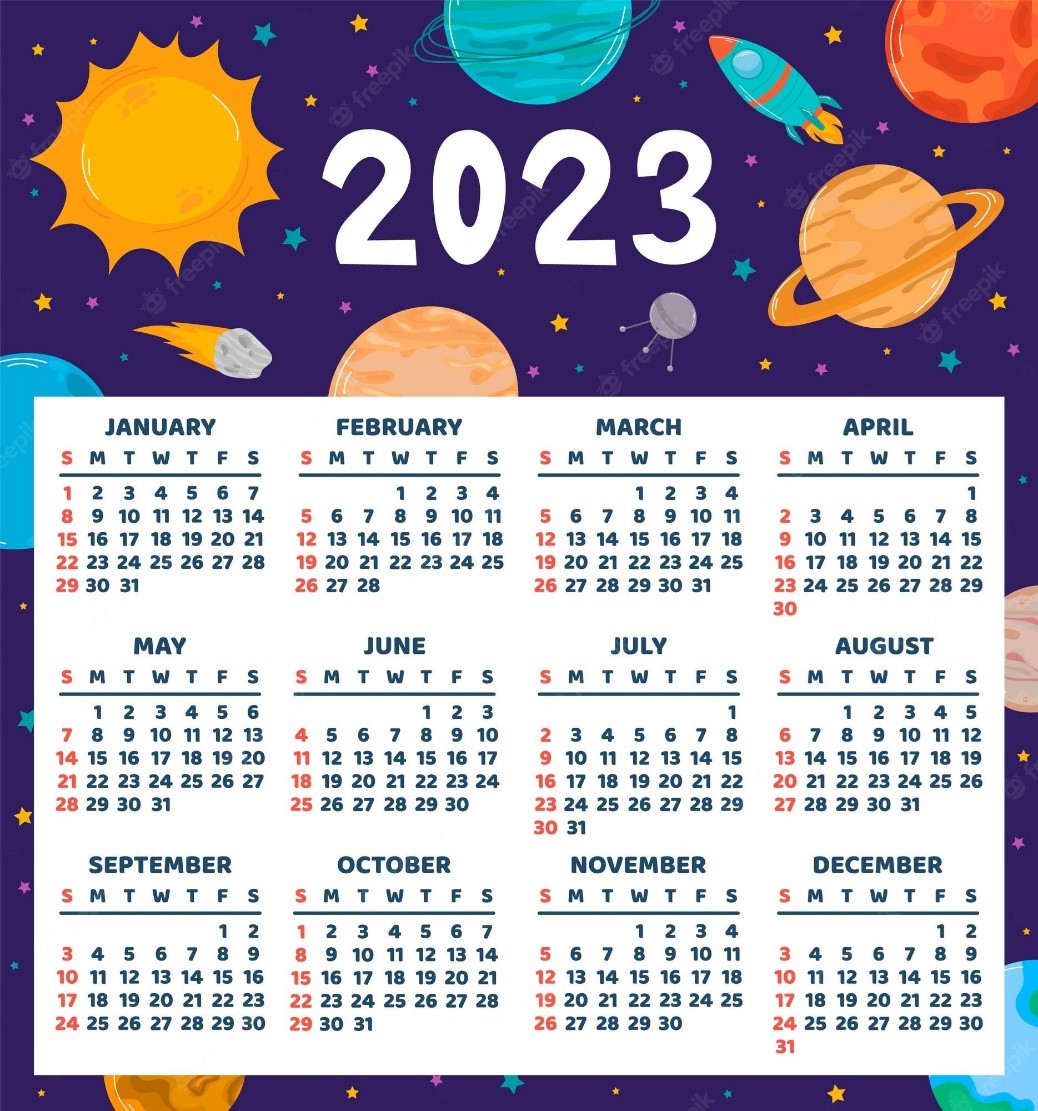As we delve into 2023, a flurry of space activity unfolds, offering a banquet of spaceflights, mission milestones, and skywatching events. From rocket launches to astronomical spectacles, it’s a year rich with celestial phenomena.
Keep in mind, launch dates are dynamic and will be updated as more precise timelines come into light. Here’s your guide to the major space happenings of the year:
August 1/2: Northrop Grumman’s Antares rocket will send a Cygnus cargo freighter on a voyage to the International Space Station.
- August 11: The Perseid meteor shower, active from mid-July till late August, will peak.
- August 15: SpaceX’s Falcon 9 rocket will launch a Crew Dragon spacecraft on its 12th crewed flight to the International Space Station.
- August 16: The new moon will appear at 5:38 a.m. EDT (1038 GMT).
- August 24: The Moon will occlude Antares, one of the brightest stars in our sky.
- August 30: The second full moon in August, known as the Blue Moon, will occur at 9:36 p.m. EDT (0236 GMT Aug 31).
- September 14: The new moon will arrive at 9:40 p.m. EDT (0240 GMT on Sept. 15).
- September 29: The full moon of September, known as the Harvest Moon, will occur at 5:58 a.m. EDT (1058 GMT).
- October 5: SpaceX’s Falcon Heavy rocket will launch NASA’s Psyche asteroid mission from the Kennedy Space Center, Florida.
- October 8: The Draconid meteor shower will peak. The shower is active from October 6 till October 10.
- October 14: The new moon will arrive at 1:55 p.m. EDT (1855 GMT).
- October 14: An annular solar eclipse will cross North, Central, and South America.
- October 20: The Orionid meteor shower will peak. The shower is active between September 26 and November 22.
- October 28: The full moon of October, known as the Hunter’s Moon, will occur at 4:24 p.m. EDT (2124 GMT).
- October 28: A partial lunar eclipse will occur.
- November 4: The Southern Taurid meteor shower will peak. The shower is active between September 28 and December 2.
- November 9: At 5 a.m. local time, a spectacular pairing of the Moon and Venus will adorn the east-northeast sky.
- November 11: The Northern Taurid meteor shower will peak. The shower is active between October 13 and December 2.
- November 13: The new moon will arrive at 4:27 a.m. EST (0927 GMT).
- November 17: The Leonid meteor shower will peak. The shower is active between November 3 and December 2.
- November 27: The full moon of November, known as the Beaver Moon, will arrive at 4:16 a.m. EST (0916 GMT).
- December 12: The new moon will arrive at 6:32 p.m. EST (2332 GMT).
- December 14: The Geminid meteor shower will peak. The shower is active between December 4 and December 17.
- December 21: Today marks the winter solstice for the Northern Hemisphere and the summer solstice for the Southern Hemisphere.
- December 21: The Ursid meteor shower will peak. The shower is active from December 13 to December 24.
- December 26: The full moon of December, known as the Cold Moon, will occur at 7:33 p.m. EST (0033 GMT on Dec. 27).
Keep our 2023 space calendar at hand, and embark on this astronomical journey of discovery. Whether you’re an astrophysicist, a skywatcher, or just a curious observer, 2023 has celestial delights for everyone.

